#HELMUTH THEODOR BOSSERT
Explore tagged Tumblr posts
Text
Kretisches Kaffeetagebuch: Palast von Phaistos
Die Götter sind uns wohl gewogen. So interpretierten wir jedenfalls den Halo rund um die Sonne – eine Art Regenbogen bei strahlendblauem Himmel – den wir bemerkten, als wir am Parkplatz vor dem Palast ausstiegen. Wir waren sehr neugierig, gilt doch Phaistos, auch Phaestos und neugriechisch Festos, als als Gegenentwurf zu Arthur Evans Rekonstruktionen in Knossos. Hier wurde nicht rekonstruiert.…
#coffeenewstom#Achaier#Agia Triada#Arthur Evans#Coffeenewstom#Diskos von Phaistos#Dorer#Dorier#Emile Gilliéron#Federico Halbherr#Festos#Gortyn#Griechenland#Helmuth Theodor Bossert#Idomeneus#König Minos#Knossos#Luigi Pernier#Messara#Messara-Ebene#Minos#Mykene#Mykener#Palast von Festos#Palast von Knossos#Palast von Phaestos#Palast von Phaistos#Peristylium#Phaestos#Phaistos
0 notes
Text
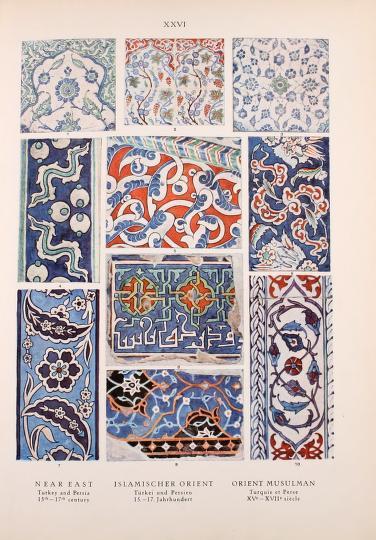
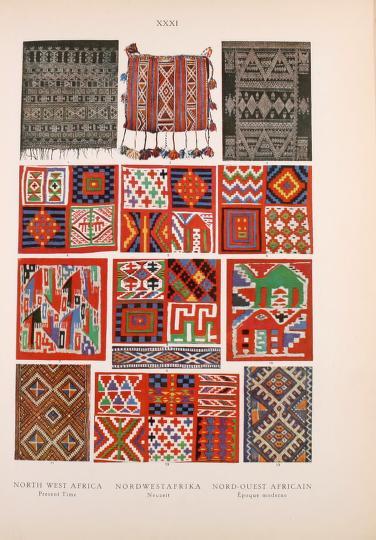
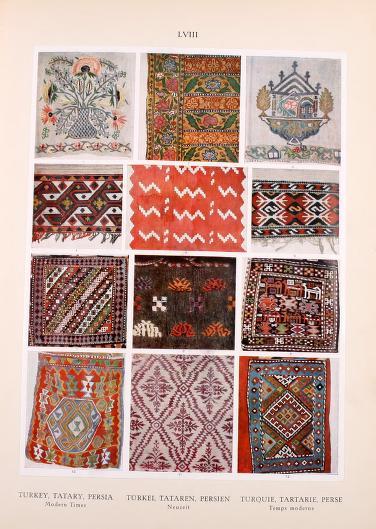
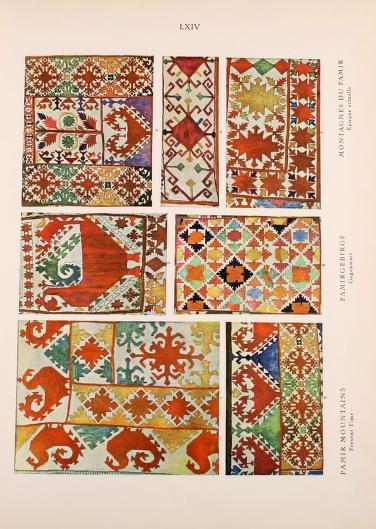
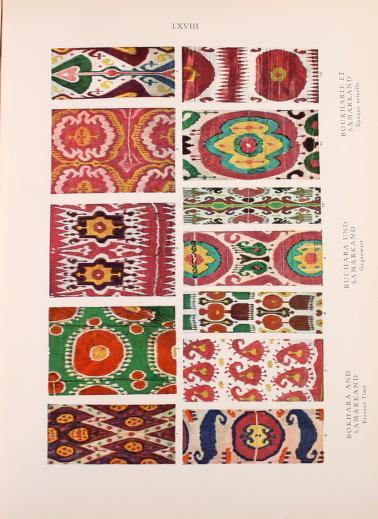
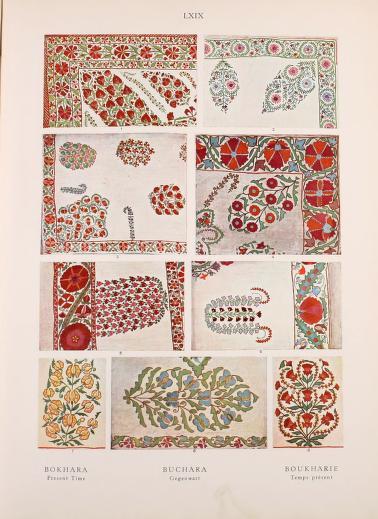
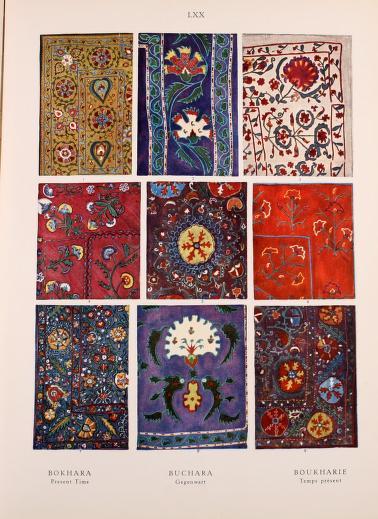
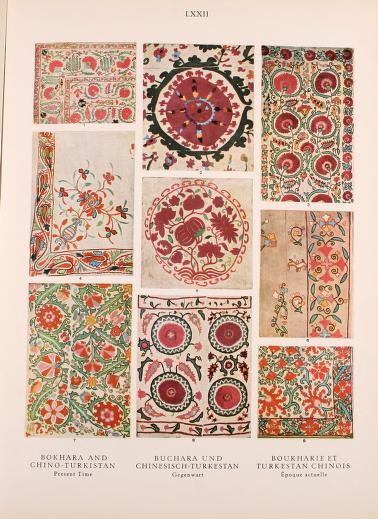
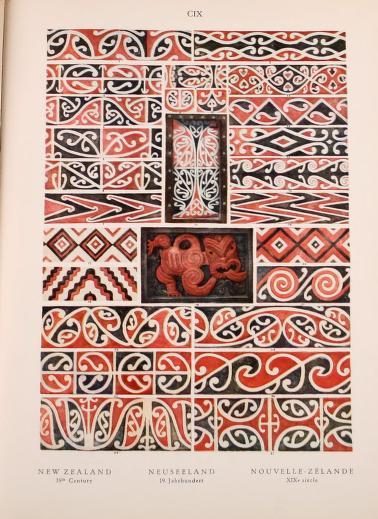
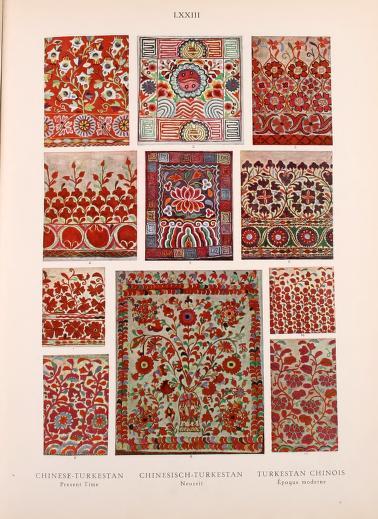
Decorative motifs taken from 'Ornament' by Helmuth Theodor Bossert.
Published 1924 by E. Benn.
Dorothy H. Hoover Library, Ontario College of Art & Design.
archive.org
158 notes
·
View notes
Photo










Ancient Art from An Encyclopaedia of Colour Decoration
Today we present selections from An Encyclopaedia of Colour Decoration, published in New York by E. Weyhe in 1928. It includes an explanatory text by the art historian, Helmuth Theodor Bossert. The decorative plates we are featuring today are depictions of ancient art, primarily wall paintings. The plates are from very different periods, ranging from the 17th to 2nd century BCE. They are also from different regions, including Greece, Italy, and Assyria. The date and location information can be found in the small print on each image.
Bossert notes that the collection of plates does not put a particular stress on examining the historical background of particular periods, but instead focuses on individual pieces for their aesthetic qualities, writing:
“It seems to the author that it is more in accordance with the spirit of our time to study works of art independently of periods. Particularly decorative painting, which is decidedly a popular art, affords at all times such satisfactory evidence of craftsmanship, imagination and adaptability to local and artistic requirements that we feel justified in drawing attention to the works of those many nameless artists, showing how traditions of the craft have been handed down from generation to generation.”
View more posts from this title.
View more posts about decorative arts and pattern books.
–Sarah, Special Collections Graduate Intern
#An Encyclopaedia of Colour Decoration#ancient art#ancient greek art#Ancient Greece#ancient rome#Assyria#wall painting#decorative art#decorative arts#pattern books#ornament#Helmuth Theodor Bossert#E. Weyhe#Sarah Finn#sarah
3K notes
·
View notes
Text
La inscripción bilingüe de Karatepe del siglo VIII a.C.
La inscripción bilingüe de Karatepe del siglo VIII a.C.
La inscripción bilingüe de Karetepe del siglo VIII a.C.
En 1694 se descubrieron en Malta los Cippi de Melqart, dos pedestales que tienen inscripciones bilingües, en griego antiguo y fenicio púnico, permitiendo a Jean-Jacques Barthelemy descifrar y reconstruir el alfabeto fenicio cartaginés en 1758.
Las primeras noticias llegadas a Europa de esos jeroglíficos anatolios desconocidos vinieron…
View On WordPress
#1946#ANNA MORPURGO DAVIES#ARQUEOLOGÍA#AZATIWADA#DESCUBRIMIENTO#FRANK STARKE#GÜNTER NEUMANN#HALET CAMBELL#HELMUTH THEODOR BOSSERT#INSCRIPCIÓN#INSÓLITO#JOHN DAVID HAWKINS#KARATEPE#LUVITA#NOTICIA#RAOUL SCHROTT#TROYA#TURQUÍA
1 note
·
View note
Photo

An encyclopaedia of colour decoration from the earliest times to the middle of the XIXth century / with explanatory text by Helmuth Bossert.Helmuth Theodor Bossert 1889-1961.
1 note
·
View note
Text
Ankara’da, Sıhhiye Alanı’nın ortasına konulan ve Hitit Güneşi olarak sunulan anıt, aslında Hitit Uygarlığına ait değildir! Bilimsel çalışmalarını heykelin yakınındaki Dil ve Tarih-Coğrafya Fakültesi’nde yapan Ord. Prof. Dr. Sedat Alp, burmalı bir çemberin içinde, iki boğanın ortasında duran geyik heykelinin Hatti uygarlığına ait bir mezar hediyesinden esinlenerek hazırlandığını kanıtlar. Anadolu Medeniyetleri Müzesi’nde sergilenen ve heykele ilham kaynağı olan bu eser, Alacahöyük kral mezarlarında yapılan kazılarda bulunmuştur. Söz konusu kazıların başlaması için gerekli olan parayı Mustafa Kemal Atatürk kendi cebinden karşılamıştır.
Ülkemizde Hititoloji konusunda ilk bilimsel çalışmayı, 1933 yılında Alman bilim insanı Prof. Dr. Helmuth Theodor Bossert, İstanbul Üniversitesi Edebiyat Fakültesi bünyesinde kurulan Arkeoloji Enstitüsünün çatısı altında, Hitit dili ve arkeolojisini okutarak başlatır. Üç yıl sonra da Dil ve Tarih-Coğrafya Fakültesi’nde Hitotoloji ve Sümeroloji bölümleri açılır.
(Sunay Akın, Bir Çift Ayakkabı)

16 notes
·
View notes
Photo

Illustration IV, Egyptian Columns in An encyclopaedia of colour decoration from the earliest times to the middle of the XIXth century. by Bossert, Helmuth Theodor, 1889-1961. Egyptianeye.net
0 notes
Photo










Egyptian Decorative Plates from An Encyclopaedia of Colour Decoration
Today we present selections from An Encyclopaedia of Colour Decoration, published in New York by E. Weyhe in 1928. It includes an explanatory text by the art historian, Helmuth Theodor Bossert. The decorative plates we are featuring today are depictions of Ancient Egyptian art and architecture. Most of them date from 1600-1200 BCE, but we included some pillars from 300 BCE. Bossert notes that the collection of plates does not put a particular stress on examining the historical background of particular periods, but instead focuses on individual pieces for their aesthetic qualities, writing:
“It seems to the author that it is more in accordance with the spirit of our time to study works of art independently of periods. Particularly decorative painting, which is decidedly a popular art, affords at all times such satisfactory evidence of craftsmanship, imagination and adaptability to local and artistic requirements that we feel justified in drawing attention to the works of those many nameless artists, showing how traditions of the craft have been handed down from generation to generation.”
–Sarah, Special Collections Graduate Intern
#An encyclopaedia of colour decoration#E. Weyhe#Helmuth Theodor Bossert#Egypt#Egyptian#Ancient Egypt#decorative plates#decorative art#ornament#color plates#pattern books#Sarah Finn#sarah#decorative arts
1K notes
·
View notes
Photo
uwmspeccoll :
Egyptian Decorative Plates from An Encyclopaedia of Colour Decoration
Today we present selections from An Encyclopaedia of Colour Decoration, published in New York by E. Weyhe in 1928. It includes an explanatory text by the art historian, Helmuth Theodor Bossert. The decorative plates we are featuring today are depictions of Ancient Egyptian art and architecture. Most of them date from 1600-1200 BCE, but we included some pillars from 300 BCE. Bossert notes that the collection of plates does not put a particular stress on examining the historical background of particular periods, but instead focuses on individual pieces for their aesthetic qualities, writing:
“It seems to the author that it is more in accordance with the spirit of our time to study works of art independently of periods. Particularly decorative painting, which is decidedly a popular art, affords at all times such satisfactory evidence of craftsmanship, imagination and adaptability to local and artistic requirements that we feel justified in drawing attention to the works of those many nameless artists, showing how traditions of the craft have been handed down from generation to generation.”
–Sarah, Special Collections Graduate Intern










1K notes
·
View notes